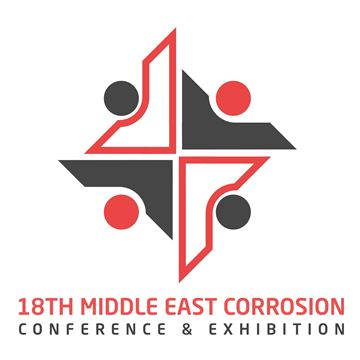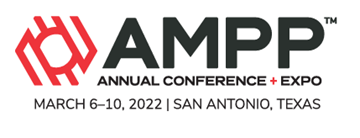Search
Online Conference Paper
View as
Sort by
Display
per page
Study On Hold Time Effects On Standard Fatigue Specimens And Component Relevant Loading Conditions At Welds Using Bending Specimens From Welded Pipes
Product Number:
ED22-18531-SG
Publication Date:
2022
$20.00
Studying Impact on Variation of Scribe Method in Accelerated Corrosion Testing
Product Number:
51323-19351-SG
Publication Date:
2023
$20.00
Success Story: The Rolling Journey of Coatings Standards (2011 – 2021)
Product Number:
MECC23-19869-SG
Publication Date:
2023
$20.00
Successful Mothballing And Pickling Of Pipelines And Storage Tanks
Product Number:
51321-16757-SG
Publication Date:
2021
$20.00
Successful Treatment Of A Corrosive Acetic Acid Producing Halophile That Is Averse To Culture Media
Product Number:
51321-16718-SG
Publication Date:
2021
$20.00
Sucker Rod Materials - Metallurgical Quality Evaluation And Its Influence On General Corrosion Resistance
Product Number:
51321-16733-SG
Publication Date:
2021
$20.00
Sulfide Stress Cracking Resistance of Quenched and Tempered 41XX Low Alloy Steels with 26 HRC Max Hardness
Product Number:
51324-20958-SG
Publication Date:
2024
$40.00
Sulfide Stress Cracking Test of TMCP Pipeline Steels in NACE MR0175 Region 3 Conditions
Product Number:
51320-14446-SG
Publication Date:
2020
$20.00
Sulfide-Stress Cracking Threshold Stresses and Operational Limits for the Safe Use of UNS S17400 (17–4PH) in Oilfield Services
Product Number:
51320-14431-SG
Publication Date:
2020
$20.00
Supercritical CO2 Corrosion in Production Casing Due to Contaminated Gas Lift
Product Number:
51323-19211-SG
Publication Date:
2023
$20.00
Surface And Defect Preparation Using Atmospheric Plasma For Non-Metallic Pipe Repair
Product Number:
51322-18175-SG
Publication Date:
2022
$20.00
Surface treated metallic bipolar plates as an alternative to platinized titanium
Product Number:
51323-19247-SG
Publication Date:
2023
$20.00












